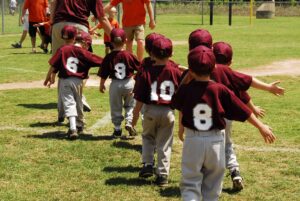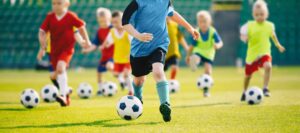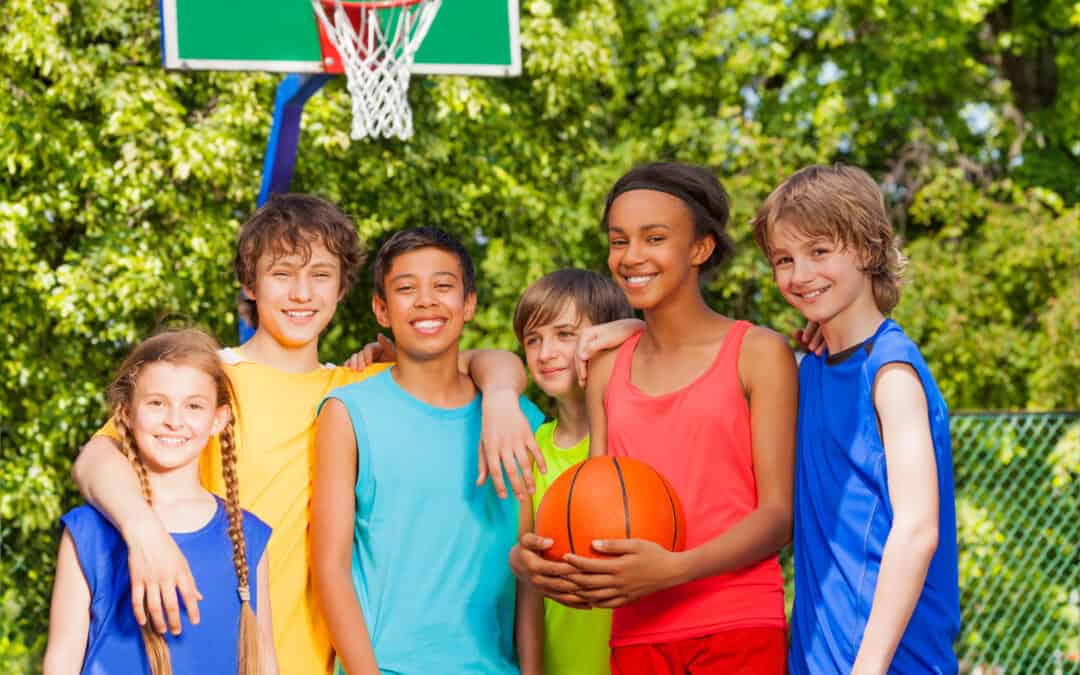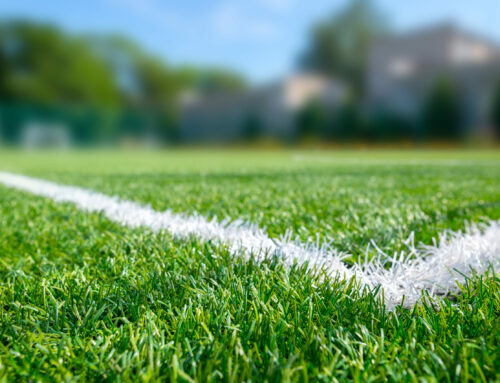The “Dangers” of Sports
In one version or another, sports have been played in almost every culture dating back thousands of years. Something about sports drives people from all corners of the earth to want to compete. People play different sports depending on where they are from, but the core values, lessons, and experiences can be more or less the same.
Unfortunately, in recent years there has been a growth mindset in the United States that sports are causing more harm than good. There are a few reasons for this mindset, one reason stemming from the amount of playtime some kids get compared to others. Another reason is privatized teams, where only wealthy families can afford to participate. However, the most significant cause of them all is safety. It seems like every day, more and more news stories are coming out about head and body injuries, unsafe field conditions, and poor sportsmanship.
The parents who are not letting their children play sports for these reasons have a valid argument. There can be a lot of danger in sports, but just like other parts of life, running away from the problem isn’t going to fix anything. The answer is not to stop playing sports but to make sports safer and more inclusive for all. There are numerous benefits to participating in at least just one sport, such as staying physically fit, learning life skills, and even increasing academic success at school.
Positive Health Impacts of Engaging in Athletics
One of the most important reasons to participate in sports is to stay physically fit. With the age of technology fully upon us, it’s far more likely to see children playing on their phones rather than with a soccer ball. While technology adds a lot to our lives, it doesn’t get us moving around all that much, which is something the body actually craves. While a big bonus of staying physically active is looking fit on the outside, inside the body, our bones benefit from physical activity, especially at a young age.
“Physical activity or participation in sport should start at prepubertal ages and should be maintained through the pubertal development to obtain the maximal peak bone mass potentially achievable,” said Ph.D. of sports science German Vicente-Rodriguez in the journal Sports Medicine. “High strain-eliciting sports like gymnastics, or participation in weight-bearing physical activities like football or handball, are strongly recommended to increase the peak bone mass.”

While so many parents are worried about their children breaking bones during sports, playing sports actually strengthens them. Furthermore, another aspect of physical fitness is weight. The childhood obesity crisis, yes, crisis, has gotten out of hand. The book Preventing Childhood Obesity: Health in Balance takes a look at the obesity situation in the United States and how rapidly the situation is getting worse.
“Over the past three decades since the 1970s, the prevalence of childhood obesity has more than doubled for preschool children aged 2 to 5 years and adolescents aged 12 to 19 years, and it has more than tripled for children aged 6 to 11 years.”
– Preventing Childhood Obesity: Health in Balance
One can see how this is a severe issue, and obesity rates are at their highest while participation in sports keeps dwindling. Parents are worried about their child’s safety on the field when the dangers that face them at home in their room could be far more deadly in the long run. Again, the answer is not to abandon playing sports, but to minimize the risks, so parents don’t have to worry for their children when they play them.
Healthy Playing Surface = Healthy Players
These efforts should start from the ground up – literally. The playing surface is one common denominator that affects a multitude of sports and can have lasting impacts on the athletes that utilize the fields. By designing the playing surface to absorb impacts, remain consistent and firm for running, and perform well in all weather conditions, youth sports facilitators dramatically reduce the athletes’ injury risk. The ideal system for turf sports is a great natural grass field, but due to the need to make sports fields available to many different teams, the maintenance and rest required to achieve a great natural turf field can be difficult, if not impossible, to achieve.
For these reasons, along with regional climate considerations, many people resort to installing artificial turf systems. Key components to artificial turf systems that control the safety and performance aspects are the base and shock pad layer and the infill material used in the system. The old, traditional systems simply rolled out the turf over crushed stone or concrete and relied solely on crumb-rubber infill to provide the impact attenuation for tackles or falls. Modern systems utilize an artificial turf shock pad to provide impact attenuation for the systems. This takes the pressure off the infill to provide both safety for impacts and a firm, consistent surface for running. By putting both components in the infill, the dated systems would fail. The performance characteristics run counterintuitively as you add more rubber infill to a system for impact absorption; the field’s consistency and firmness decreases, and vice versa.
By adding high-performance shock pad systems, modern artificial turf fields are also moving away from crumb rubber infill entirely. Organic infills are reducing the dangerously high temperatures of artificial turf sports fields and also creating firmer, faster surfaces. These innovative solutions are easing the minds of some parents, but coaching techniques and practice protocols also play a big role.

Benefits of Participation
Participation in sports instills life skills that kids learn and are taught while playing, such as social skills, working out differences, responding to mentorship and coaching, and being a team player. Also, the type of settings sports takes place in allows kids to develop and try out different types of mental and moral qualities that they have learned from other aspects of life. For example, boosting self-esteem is something all kids need at a young age; it helps build confidence and lets kids express themselves as they truly are.
“Being part of a team with similar goals will increase the child’s value of their self. What they contribute to the team – whether it be in leadership positions or in fulfilling important roles – will ultimately contribute to the boost in their self-esteem and their confidence,” according to Samir Becic, author of the book ReSYNC Your Life: 28 Days to a Stronger, Leaner, Smarter, Happier You.
Learning to work as a team member and be a friendly competitor and having discipline are all skills that are required in life, so why not learn them at a young age and in a good setting? Many lessons in life, like trust, overcoming disappointment, and humility, are learned through sports, which is why it is such a good way to learn about the world and a big reason why youth sports came to be in the first place.

Education Blending with Athletics
Along with the parents who think sports are too dangerous for their children are those that think playing sports will interfere with academics. The reality, in fact, is just the opposite. In a study done in the journal Education and Urban Society, researcher Ryan Yeung examined the connection between high school students, athletics, and academic success.
“In line with the overwhelming preponderance of findings in the literature, participation in high school sports does appear to have beneficial effects on academic achievement, as measured by cognitive test scores,” said Yeung. “These effects are especially eminent in reading, science, and vocabulary.”
Not only does participating in athletics not hinder academic success, but if children can play at least just one sport, it can increase academic aptitude. Additionally, this study didn’t just focus on testing. It also wanted to see how life skills transferred over to the classroom, especially leadership skills.

“My results also suggest the leadership of athletic teams has great benefits. The gains to athletic leadership are larger than the gains of athletic participation, suggesting leadership has a benefit over and above the benefit of athletic participation,” said Yeung. “While serving as a leader of an athletic team, students may learn valuable teamwork, time management, and organization skills that improve their level of achievement in the classroom.”
As people continue to shy away from sports because of negative reasons, it’s up to city and community members to remind each other of the positives of athletics. Instead of ditching sports, communities need to figure out a way to make sports safer so that parents and guardians don’t have to worry in the first place.






